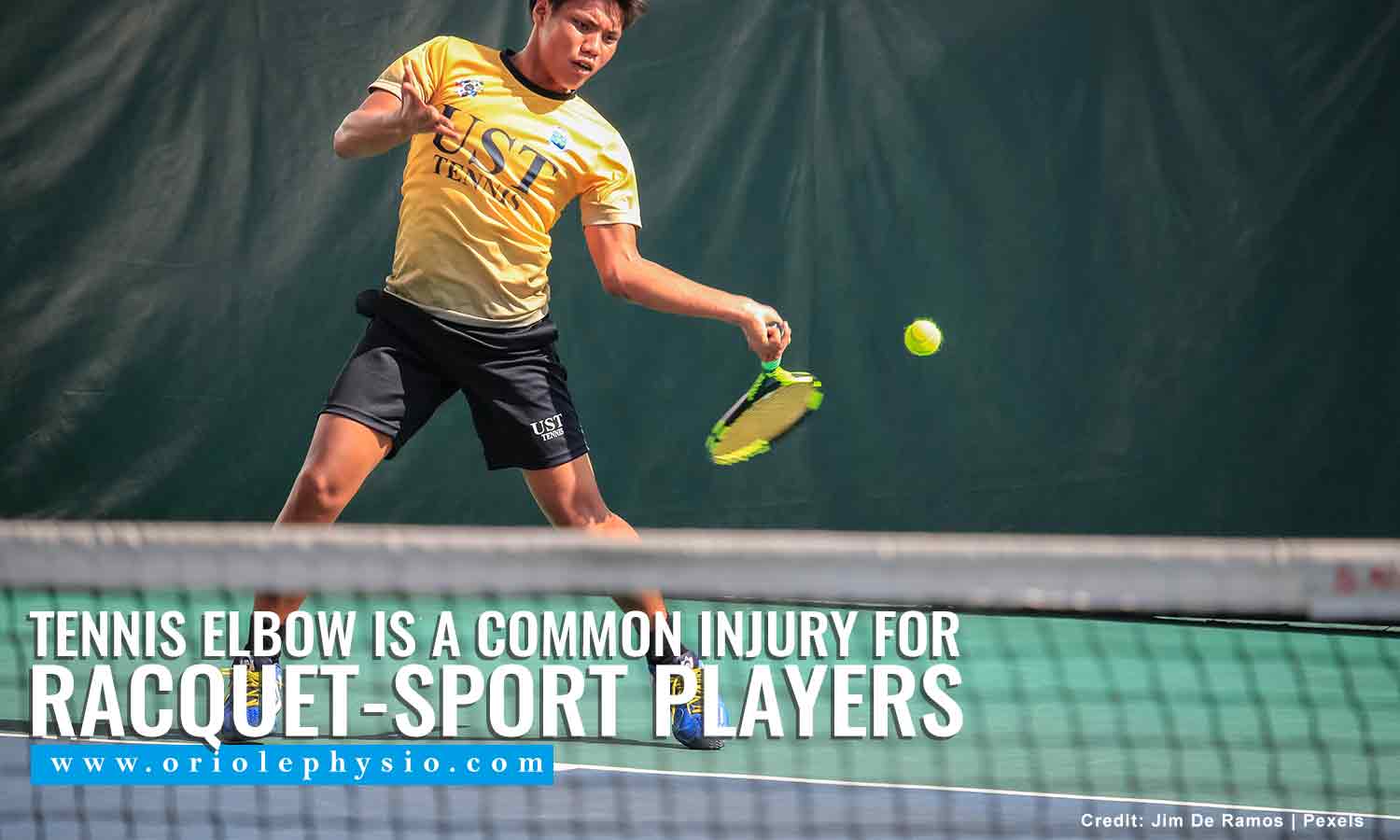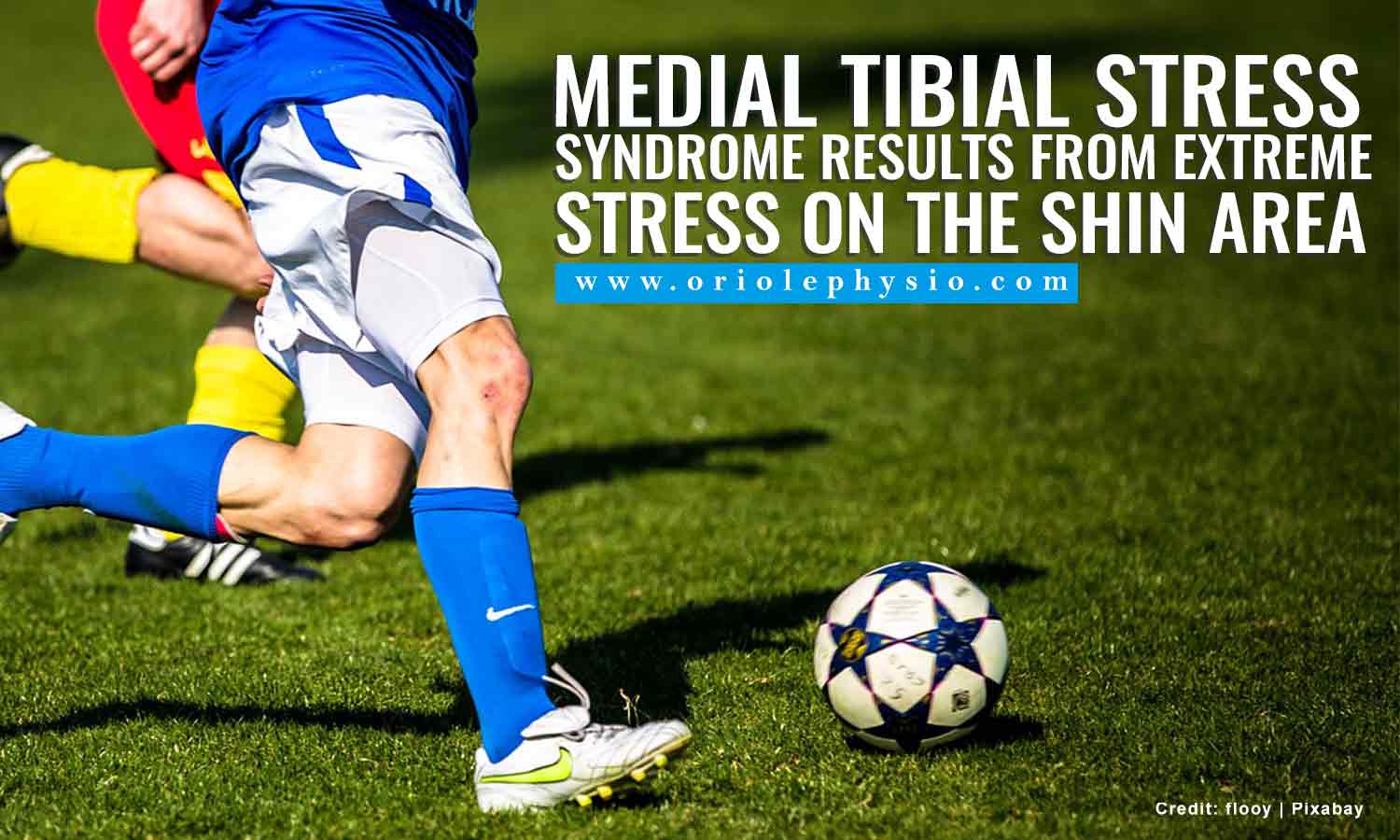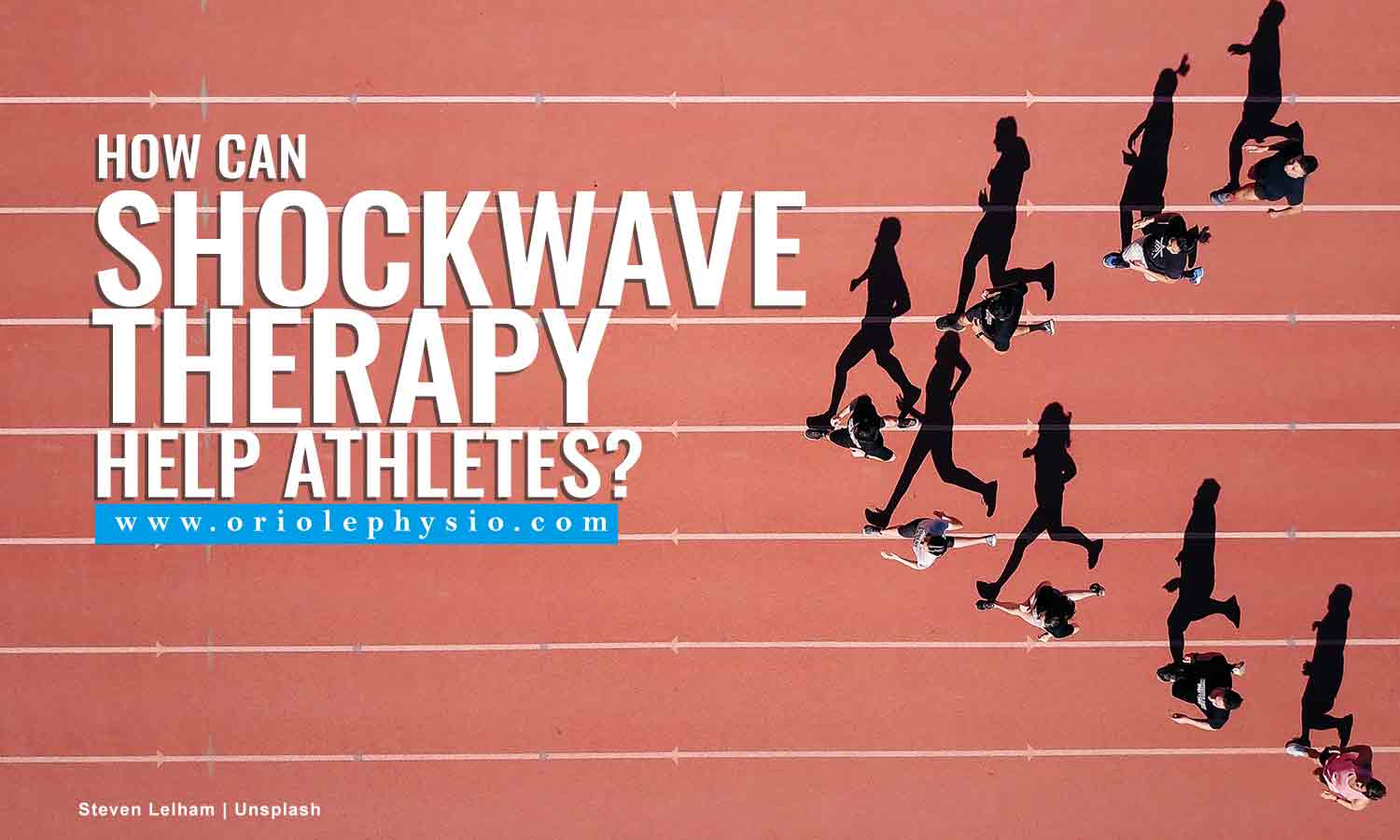How Can Shockwave Therapy Help Athletes?
Many athletes train day and night. They run, stretch, jump, play, and continue to exert their bodies to keep themselves in shape for competition. However, these consistent and often strenuous activities will take a toll on their muscles and joints.
Amateur athletes, and even the professional ones, are not exempted from acquiring sports injuries. Injuries may be the result of age, trauma, accident, or overburdening of bones and muscles. Exceeding your loading limit can lead to muscle-tendon irritations, inflammations, joint pains, and fractures.
Adhering to correct preventive measures and treatments are necessary to avoid and treat injuries. Among the newer treatments for athletes is shockwave therapy. If you are looking for an effective solution to chronic pains and aches due to sports injuries, it’s worth looking into.
What Is Shockwave Therapy?

Shockwave Therapy, also known as “Extracorporeal shock wave therapy (ESWT)” or “Shockwave Physiotherapy,” is a non-invasive treatment that uses high energy pulses to heal the injured area.
Initially used to break up kidney stones and gallstones for decades, studies of shockwave effects on bones and tissues indicated a promising potential to treat musculoskeletal disorders. Further analysis showed how cells and tissues are able to adapt to mechanical signals, providing substantial evidence that shockwave therapy has the ability to stimulate and accelerate the natural healing process. Shockwave therapy can initiate tissue regeneration, increase blood circulation in the injured area, restore mobility, and offer fast pain relief.
Since it is extracorporeal, which means the procedure is done from outside of the body, it can also eliminate the need for expensive surgery.
Benefits of Shockwave Therapy
Studies show that there are a number of benefits from shockwave therapy physio. Aside from being cost-effective and pain-free, the effectiveness of the therapy in tending common musculoskeletal conditions is comparable, if not more effective, to other alternative treatments. The result of shockwave therapy is over 80% better than other treatments.
Here are other benefits of shockwave therapy:
Support Circulation and Regeneration

The application of shock waves has produced consistent effects on bones and muscles. It appears to stimulate neovascularization or the natural formation of new blood vessels. As these microvascular networks grow and form, nutrient blood flow is improved, resulting in the oxygenation of the treated area, and faster healing.
Anti-Inflammatory Effect
Inflammation occurs when the body’s inflammatory response is not halted. Findings confirmed that shock waves can decrease inflammatory mediators and increase the activity of mast cells. Mast cells release histamines and other anti-inflammatory substances.
Increased Range of Motion
Movements can be limited by calcium build-up, which tears and hurts the tendon. The waves can break up the calcifications and treat the tendon. Removing the calcium particles will then be taken care of by the lymphatic system.
Better Muscle Performance

The therapy accelerates the production of collagen, which is essential to the repair of damaged musculoskeletal structures. This results in tendon fibres that are denser, stiffer, and a more stable structure.
Shock waves also support muscle generation, together with neovascularization, increases muscle performance.
Pain Management
Chronic pain is generally associated with the “Substance P,” which relays the pain messages to the central nervous system. Shockwave therapy reduces Substance P levels, promoting pain relief.
Conditions That Can Be Treated With Shockwave Therapy
Athletes use their bones and muscles more often than normal people would. This makes their muscles and bones more prone to wear and tear, stress, trauma, and injury. The established research on the biological effects of shockwave therapy justifies the use of such treatment to improve athlete’s performance.
Here are some common athlete conditions that can be treated through shockwave therapy:
Painful Shoulder

Shoulder pain can be caused by calcifications, inflammation of the rotator cuff muscles, or frozen shoulder. Shockwave therapy can decalcify particular areas of the body. It has treated more than 85% of the calcific tendonitis cases. Pain reduction and improvement in mobility can be observed after 4 weeks.
Jumper’s Knee
Jumper’s knee or patellar tendonitis is a condition characterized by the inflammation of your patellar tendon. it connects your kneecap (patella) to your shin bone (tibia). If left untreated, it can interfere or, worse, effectively end an athlete’s career.
A study of shockwave therapy on knee osteoarthrosis shows that 85% of patients improved considerably after treatment.
Heel Spur
A heel spur is a calcium deposit that can extend by as much as an inch on the underside of your heel bone. It is closely associated with plantar fasciitis, the inflammation of a band of tissue that runs along the bottom of your foot, from heel to toes. Heel spurs are common to athletes who spend a lot of their activities jumping and running.
Tennis Elbow

Tennis Elbow is another inflammation of tendons that connects your forearm muscles to your elbow. It is usually a result of overuse, generally by repetitive motion of arms and wrists. It is not surprising, then, that playing racquet sports, like tennis to which the condition is named after, can cause this condition.
Conventional treatment includes rest, which takes a lot of time, and medication, such as pain killers and steroids. Shockwave therapy, on the other hand, provides a prompt alternative, as it can reduce pain and treat the condition in at most 5 treatments, according to studies.
Insertional Pain
Insertional pain is often a result of repetitive and prolonged activities while having poor tendon healing. It can be painful, especially when moving and is characterized by the thickening of the tendons. The neovascularization effect of Shockwave therapy improves blood circulation in the area for faster healing.
Medial Tibial Stress Syndrome

Medial tibial stress syndrome or shin splints occurs when there is an overuse or constant stress injury on the shin area. because of the repetitiveness of the activity, the body is unable to heal properly most of the time. it is often found on weight-bearing athletes whose activities include heavy running (up or downhill, and on uneven surfaces) or kicking.
Common treatment would limit patients from the activity for long periods. Nevertheless, a number of researches show that shockwave therapy can reduce recovery time by at least a half.
Hip Pain
Hip pain is characterized by discomfort in your pelvic region. There are several causes of hip pain. These include arthritis, mostly because of age, hip fracture due to accidents, and tendon strain, or inflammation. Repetitive turning or twisting at high speeds, as in gymnastics, skating, or hockey, can put a toll on the muscles and tendons.
Shockwave therapy can enhance the healing process, reduce inflammation, eliminate pain, and prevent the need for surgery.
Visit a Shockwave Therapy Clinic
Injuries can end an athlete’s season as more invasive treatments require a longer recovery period. More than that, injuries can also take a toll on a person’s well-being. For many, getting back into action is a priority. Fortunately, shockwave therapy provides sportspeople with an option for long-term relief, an earlier return to their game, and improved performance.
Oriole Physiotherapy and Rehabilitation Centre Inc. is one of the leading providers of physiotherapy and rehabilitative care services in Ontario. We are committed to offering only the latest techniques and procedures available in the area, including the revolutionary shockwave therapy.
Learn more about our offerings. You may book an appointment online or call us at (416) 221-0772.

